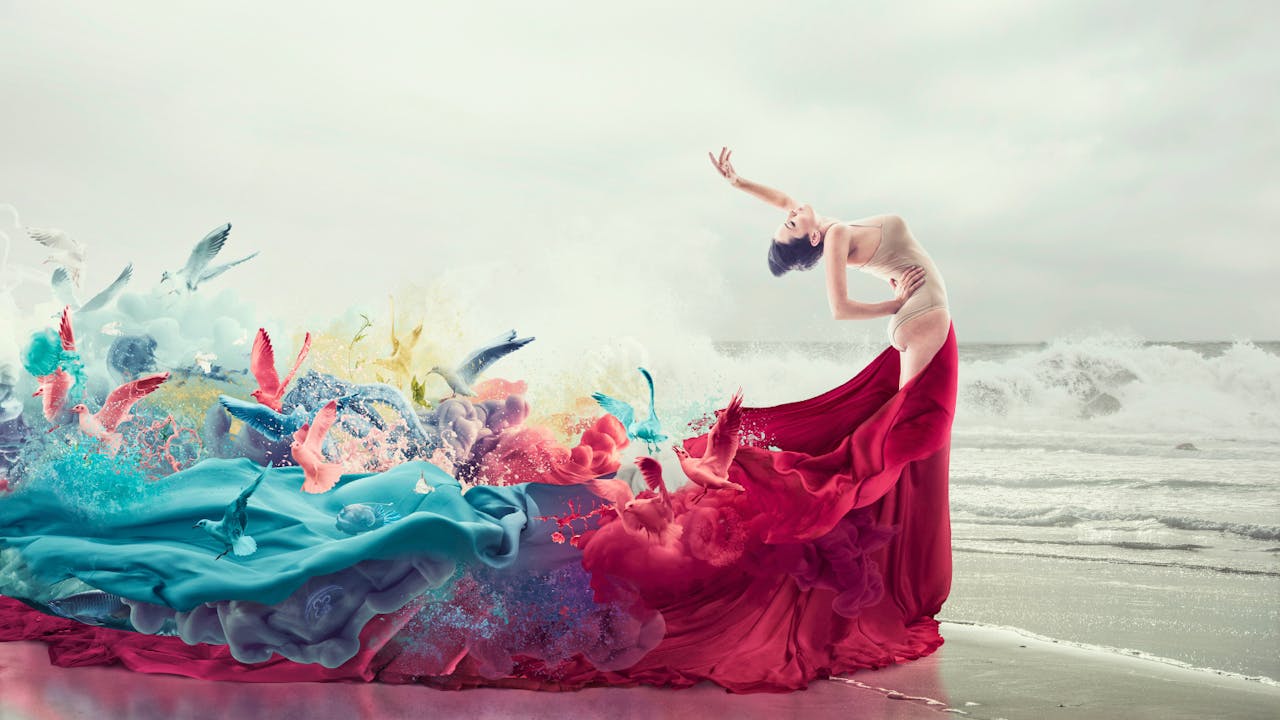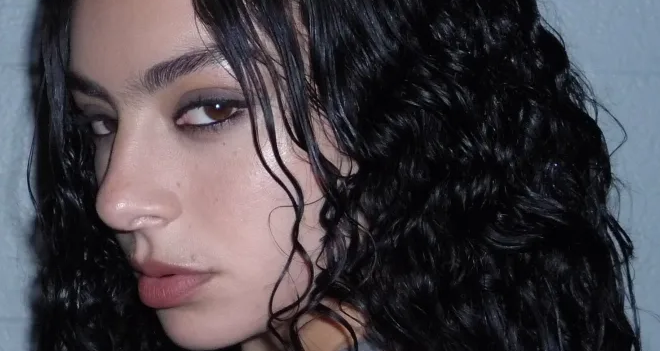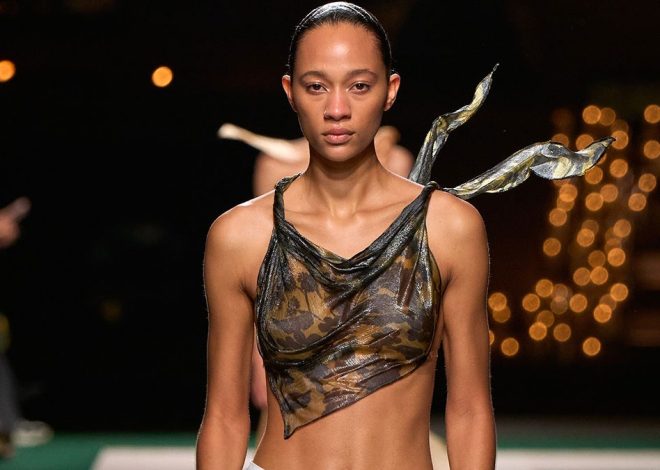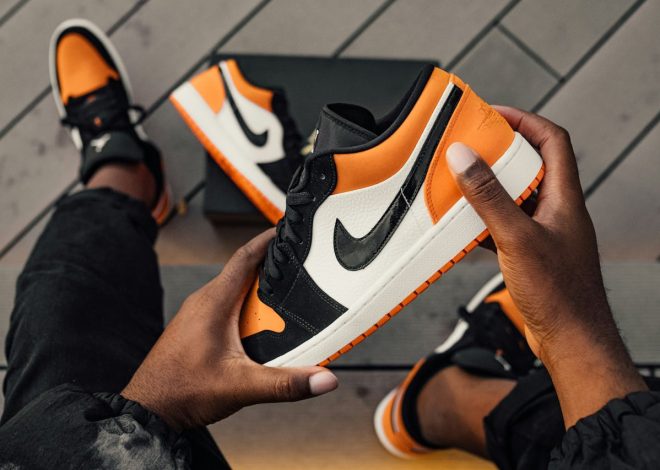
Synthetic beauty. The new muse, driven by machines
Move over, Clio; the algorithm is the new muse. Code and Theory’s Craig Elimeliah explores a world where machines shape human desires, as part of The Drum’s Fashion & Beauty Focus.
At the center of fashion and culture, where artistry and design meet commerce, a quiet change is happening. The muse, long the ethereal figure of inspiration, is evolving.
Today, synthetic beauty, crafted not from nature, but from data, is shaping many of the trends we see in design, on runways, in storefronts and on screens around the world. But what does it mean when the source of our aesthetic desires is no longer the designer, the model, the artist, or even the culture, but rather algorithms and (synthetic) data?
At first, it might seem unsettling. The idea of beauty being driven by machines trained on huge datasets feels almost dystopian. Yet there’s something undeniably profound about this evolution. In a world where our identities are increasingly mediated by digital platforms, synthetic beauty offers a kind of mirror, reflecting not just our aspirations but also our complexities, contradictions and desires.
What makes this new muse so compelling is its paradoxical nature. Synthetic beauty is both a product of the digital age and a force that challenges the very fabric of culture. It doesn’t just replicate trends; it reinvents them, generating aesthetics that are at once familiar and entirely new. It’s a blend of the hyperreal and the fantastical, a cocktail of coded elegance that defies the boundaries of what we once thought beauty was.
Powered by AI
Explore frequently asked questions
For example, L’Oréal’s Skin Genius tool uses AI to analyze user selfies and provide personalized skincare recommendations. What’s interesting is that this tool doesn’t just react to skin conditions, it predicts future skin concerns based on synthetic data from millions of faces. The result? Personalized beauty regimes are tailored not by a dermatologist, but by an algorithm that understands your skin better than you do. It’s synthetic beauty in action, where data-driven insights are shaping how consumers approach beauty, redefining skincare as a predictive, data-informed experience.
Culture, ever the chameleon, is now shaped by synthetic data. Trends once driven by human intuition are now molded by algorithms, producing a new form of creativity, logical, iterative, and often shockingly insightful. Spotify’s algorithm-driven Discover Weekly playlists are a masterclass in synthetic influence. By analyzing listening habits, it doesn’t just predict what users will love, it shapes entire music trends. Genres like Lo-Fi Beats and Chillhop weren’t plucked from the underground by human curators, they were pulled into the mainstream by AI. Synthetic data quietly sculpted what millions of people now see as “cool.” Beauty, in this case, isn’t just visual, it’s auditory, and it’s being dictated by the algorithms in your headphones.
Advertisement
But here’s the rub, this isn’t just about advertising or design or the fashion industry getting smarter and more efficient. It’s about the profound shift in how we interpret beauty and where we believe it comes from. When trends are birthed from synthetic origins, it challenges us to rethink the authenticity of what we see. Is a trend less valid because it emerged from an algorithm rather than a designer’s sketchbook? Or does it represent a new form of authenticity, one that acknowledges the data as a legitimate space for creativity?
Synthetic beauty makes us confront the reality that data is shaping our perceptions of beauty and style. It pushes us to ask, are we creating trends, or are they creating us? In that blur between real and synthetic, we’re left to redefine culture, design, and beauty on our own terms.
Brands need to see Synthetic Beauty as more than a trend. It’s a tool for anticipating and shaping future consumer desires. The key is not just using data to understand audiences, but to actively shape trends. Brands who lead will embrace data as a creative force, while those who follow will simply react. It’s time to anticipate, not imitate.
Embracing Synthetic beauty, culture and fashion is not just about following a trend; it’s about leading a vibe shift. It acknowledges that the digital world, with all its complexities, is as much a part of our reality as the physical one. And in doing so, it’s making way for a new kind of culture, one that is as synthetic as it is real, as machine-driven as it is human-inspired.
So, as we look to the future, the question isn’t whether Synthetic beauty will influence culture, design and fashion—it already does. The question is how we’ll interpret and use these new trends. Will we resist, clinging to the remnants of a world where beauty was solely human? Or will we embrace the possibilities, recognizing that in this synthetic muse lies the potential for a new, more inclusive and fluid vision of culture and beauty?
Advertisement
Synthetic beauty isn’t just about aesthetics, it’s about understanding the evolving relationship between technology and humanity. It’s about seeing beauty not as a static ideal, but as a reflection of who we are, real, synthetic or somewhere in between.
Craig Elimeliah is chief creative officer of Code and Theory. You can connect with him here.


